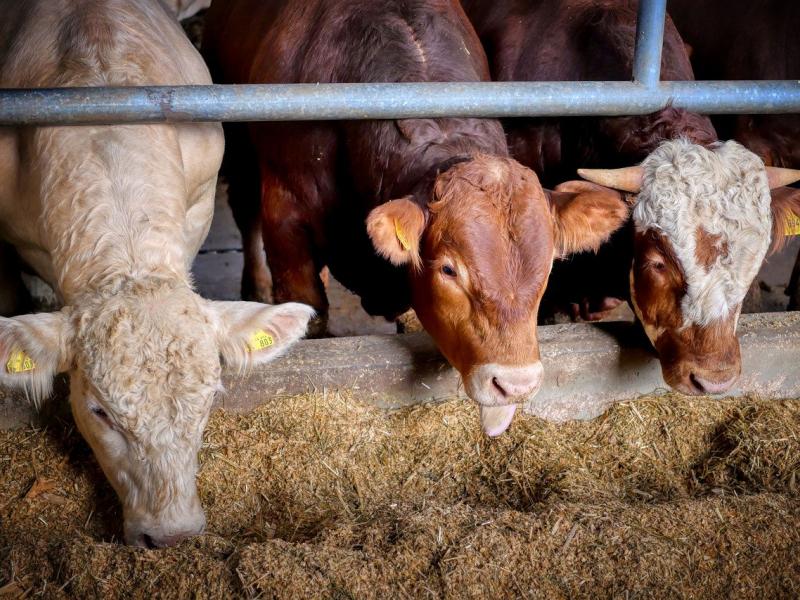Dietary additives for livestock

Description of the innovative solution
Dietary additives in livestock food attempt to improve the nutrition and quality of the feed, the animal’s gut health, the cow’s immune system, and the digestibility of the food. Enzymes, prebiotics and probiotics, antioxidants, and antibiotic growth promoters are among some of the widely available dietary additives. Extensively used across the world, dietary additives for livestock might improve ruminant fiber digestion and productivity and reduce methanogenesis. These additives include dietary lipids, electron receptors, antibiotics, enzymes in the form of celluloses or hemicelluloses...
Dietary additives in livestock food attempt to improve the nutrition and quality of the feed, the animal’s gut health, the cow’s immune system, and the digestibility of the food. Enzymes, prebiotics and probiotics, antioxidants, and antibiotic growth promoters are among some of the widely available dietary additives. Extensively used across the world, dietary additives for livestock might improve ruminant fiber digestion and productivity and reduce methanogenesis. These additives include dietary lipids, electron receptors, antibiotics, enzymes in the form of celluloses or hemicelluloses, probiotics (such as yeast culture), algae, propionate precursors such as fumarate or malate, condensed tannins and saponins. Some supplements could manipulate microbial populations in the rumen to reduce methane production, such as CH4 inhibitory vaccinations against methanogens or chemical defaunation to eliminate rumen protozoa. While regulations on livestock dietary additives differ across the world, additives must meet food regulation guidelines in many industrialized nations, many of which require producers to label the additives on meat packaging.
Examples and additional resources
Real-world examples
See this solution in action in different contexts and settings around the world
Cargill animal agriculture feed additive product line
Maximize production, minimize antibiotic needs
Maximize production, minimize antibiotic needs
Maximize production, minimize antibiotic needs
Maximize production, minimize antibiotic needs
Maximize production, minimize antibiotic needs
Maximize production, minimize antibiotic needs
Maximize production, minimize antibiotic needs
Additional resources
Learn more about this solution through studies, articles, business cases, and other information
Environmental Performance of Feed Additives in Livestock Supply Chains
Contacts
Connect to others working on and with this solution around the world
Pathways to uptake
Engage with our “backcasting tool” to imagine and design “pathways to uptake” for this solution in your setting.
This process involves defining a future vision of this solution being used in your context, and then working “backwards” to identify necessary steps to achieve this vision by 2030. Going through this exercise as an individual or with a team can help to clarify the WHAT/WHEN/HOW of moving a solution (or package of solutions) towards having major impact. We hope these pathways will inspire outside-of-the-box thinking, creative approaches, and actionable concrete steps to move ideas into action.
Pathway builder
Explore pathways for this solution
Be the first one and add a pathway for this solution!